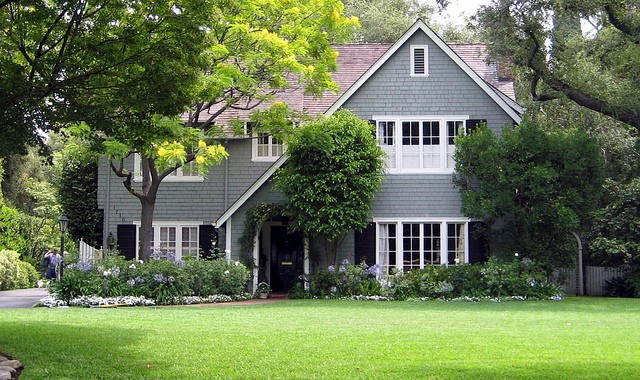
Imagine: Your weekly dinner with friends goes later than expected. Instead of coming home to a dark, unwelcoming home, you simply pull out your cell phone and, with the touch of a button, your home’s unique lighting system turns on, preparing your house for your arrival.
Perhaps you’re having weekly dinner with friends at your house. With the click of a switch you can change the lighting and music to create a wonderful ambiance that takes guests from an upbeat appetizer hour to a relaxing dinner mood.
All of this and more is possible with a home automation system.
What is Home Automation?
Aside from being a modern-day luxury, home automation is essentially one or two computers that are used to control unique home functions and features. The computers can be controlled automatically or remotely. Also known as smart homes these automation systems link several devices and appliances throughout the house and program them to work in tandem through a controlled, user-friendly interface such as a smartphone, tablet or wall computer.
Renovating your home?
Find out what your home's worth, edit facts, and see the impact of home projects.
What Can it Do?
Renovating your home?
Home automation systems can be programmed to control just about any feature in and around your home. You can select one button to turn on lights, adjust the temperature and play your favorite music. You can create an option that allows you to turn on your hot tub, pool lights, outside fans and landscaping lights with the touch of a finger. Aside from being an added convenience, there are several other benefits to having a home automation system.
- Safety and Security: By having the ability to control things like appliances and lighting, you can ensure safety and security in your home. You can make sure the oven and coffee pot are off after leaving the house. You can turn off the lights to save electricity, or turn them on in the evenings to make your house appear occupied.
- Door Locks: Often considered one of the greatest advantages of home automation systems, the automated locking system allows you to make sure your home is locked and secure from miles away. If you’re worried you left the door open, or you left the house before your children did, you can lock any door at your house at any time of day.
- Security Cameras: Home automation systems can be installed with security cameras around your home. Check on your sleeping baby from the kitchen, watch the kids play in the back yard from your office or even keep watch of your home’s exterior when you’re away.
- Comfortable Temperatures: Program and adjust your home’s temperature with the touch of a button. Forgot to turn the air off when you left for work? Want to heat up your house before you get home on a chilly night? Interested in the current temperature of your home? With a home automation system, you can choose the temperature you want, when you want, wherever you want.
How Much Does is Cost?
The cost of a home automation system ranges between $1,000 and $20,000. A number of factors play into the cost of a system. A simple, wireless solution costs less, while a fully wired system inside and outside the home will cost more, as it’s a more robust system with additional capabilities.
Installing a home automation system means investing in a feature with benefits that often outweigh the cost of the system. Along with convenience, security and efficiency for your home and family, the addition of a home automation system increases the resale value and improves the functionality of your home.
How do I Install it?
Before understanding the ins and outs of installation, it’s important to review the components involved in a home automation system. Though all systems are created differently, the typical system can be divided into four categories:
- Software is the programming that ensures correct control adjustment.
- Coordinator is the heart and brains of the operations that works around information, sensors and user commands.
- User Interface is what homeowners interact with while operating the system.
- Triggers are the sensors and switches that initiate changes.
Depending on the system you choose and the size of your home, the installation process will vary. There are a few steps you should take to prepare for the installation of a home automation system in your home.
- Plan ahead and figure out your wants and needs beforehand.. Decide if you want lighting, air conditioning, security cameras, etc. Determine what you want to use as your remote and plan on the spaces in and around your home that you want to control.
- Make sure you have a good Wi-Fi router. This will nix any problems that could occur in the future, simply because it will enable your iPad, smartphone or tablet-controlled interface to communicate effectively with the home automation system.
- If you’re building a home from the ground up, consider including fittings, fixtures and features that can be controlled by a home automation system. If you do this, be sure to use Ethernet networking cables throughout your home so that home systems will remain timeless.
- If you live in a home or apartment that is controlled or restricted by a landlord, check your strata rules before installing a home automation system. Though you might be able to work around restrictions, be sure to submit an application when necessary.
- Be bold, but be smart. You don’t want a home with system overload, but you also don’t want to skimp on a system that could increase the overall value of your home.
- Don’t use more than one or two brands. If you do, you’ll likely run into communication problems between the different devices and their networks. However, if you use a particular sound system, for example, or a certain heating and cooling system, consider purchasing items within the same applicable brand.
- Talk to a professional about installing a home automation system. They can give you helpful advice on brands, system integrations and more. Most importantly, however, they can wire your home in a safe and efficient manner.
- Keepin touch with your installer to ensure your system works as flawlessly as possible. You can rely on them for assistance with upgrades, maintenance and other changes you might make down the road.
Looking to save money on your mortgage?
From Regular Home to Smart Home
There are many ways to benefit from smart home technology, whether it’s a smart phone app connected to your home’s climate control, or a full-blown home automation system installed by a professional home automation company.
So are you planning on joining the smart home craze? Let us know in the comments below—we’re excited to hear your thoughts.
Note: This is a guest post; the views and opinions expressed are those of the author and do not necessarily reflect the opinion or position of Redfin.








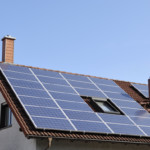

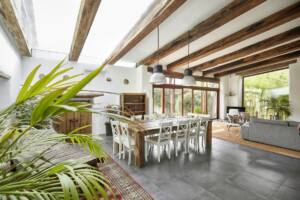
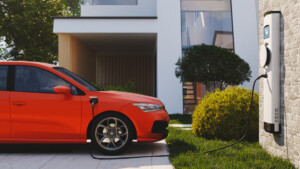






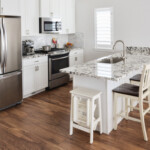








 United States
United States Canada
Canada